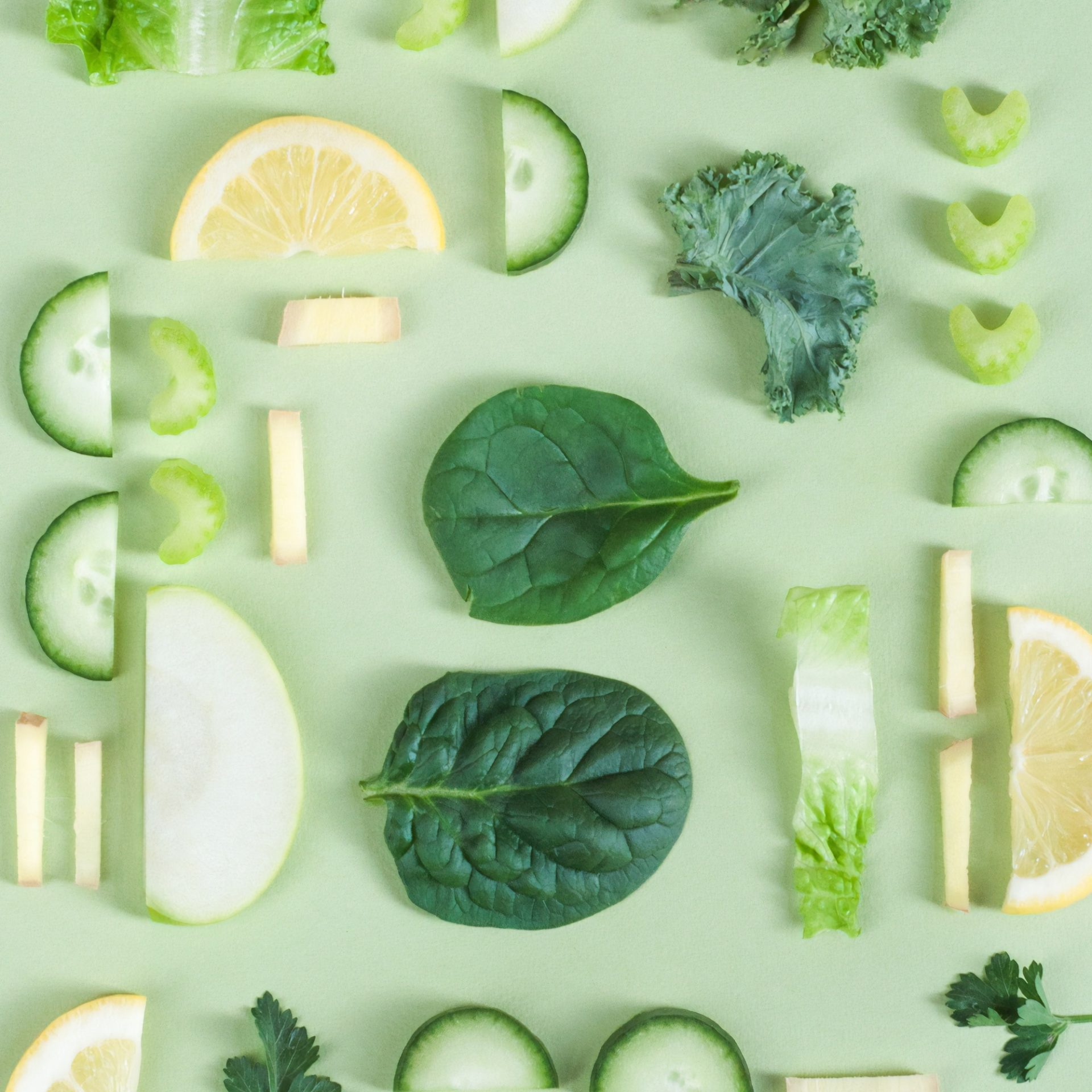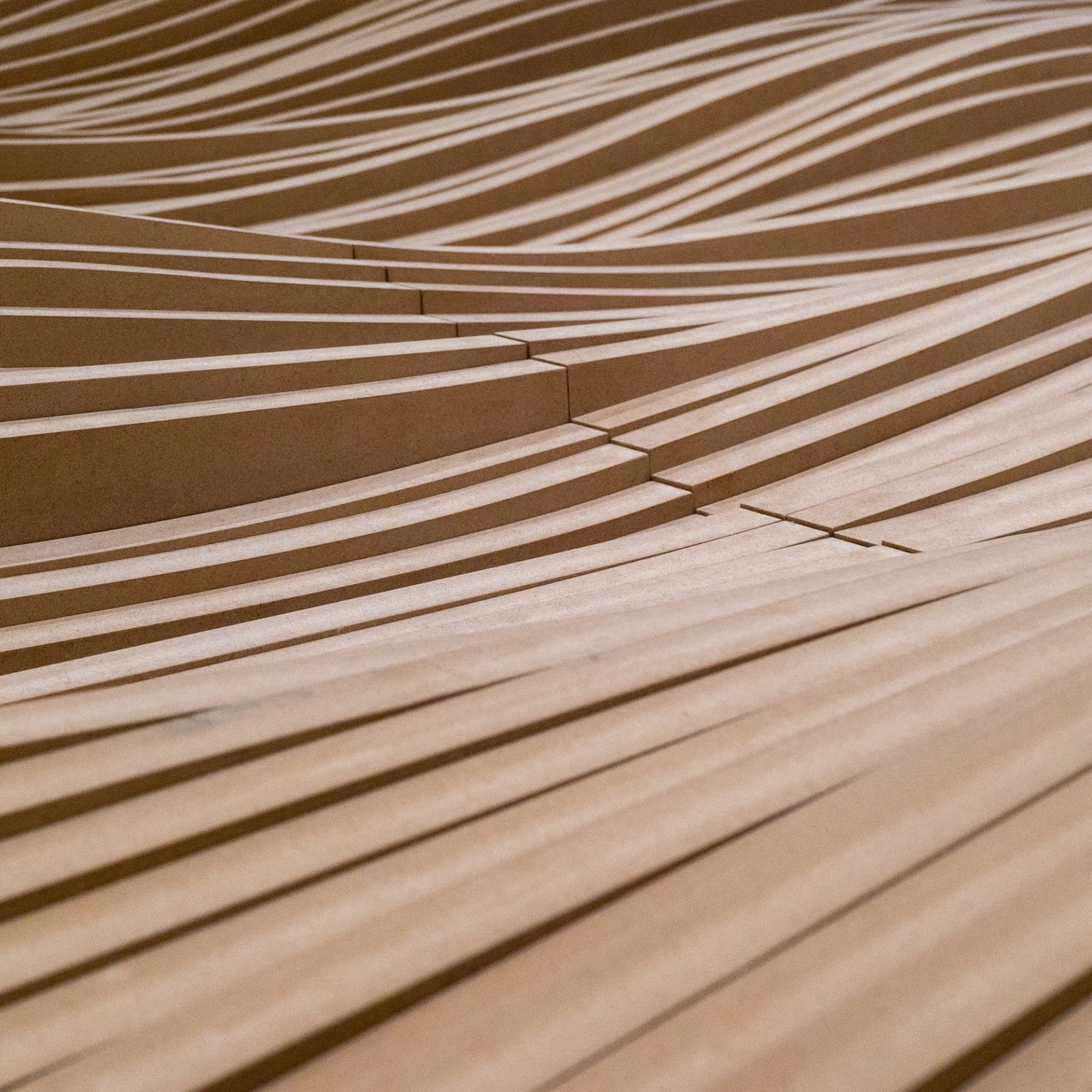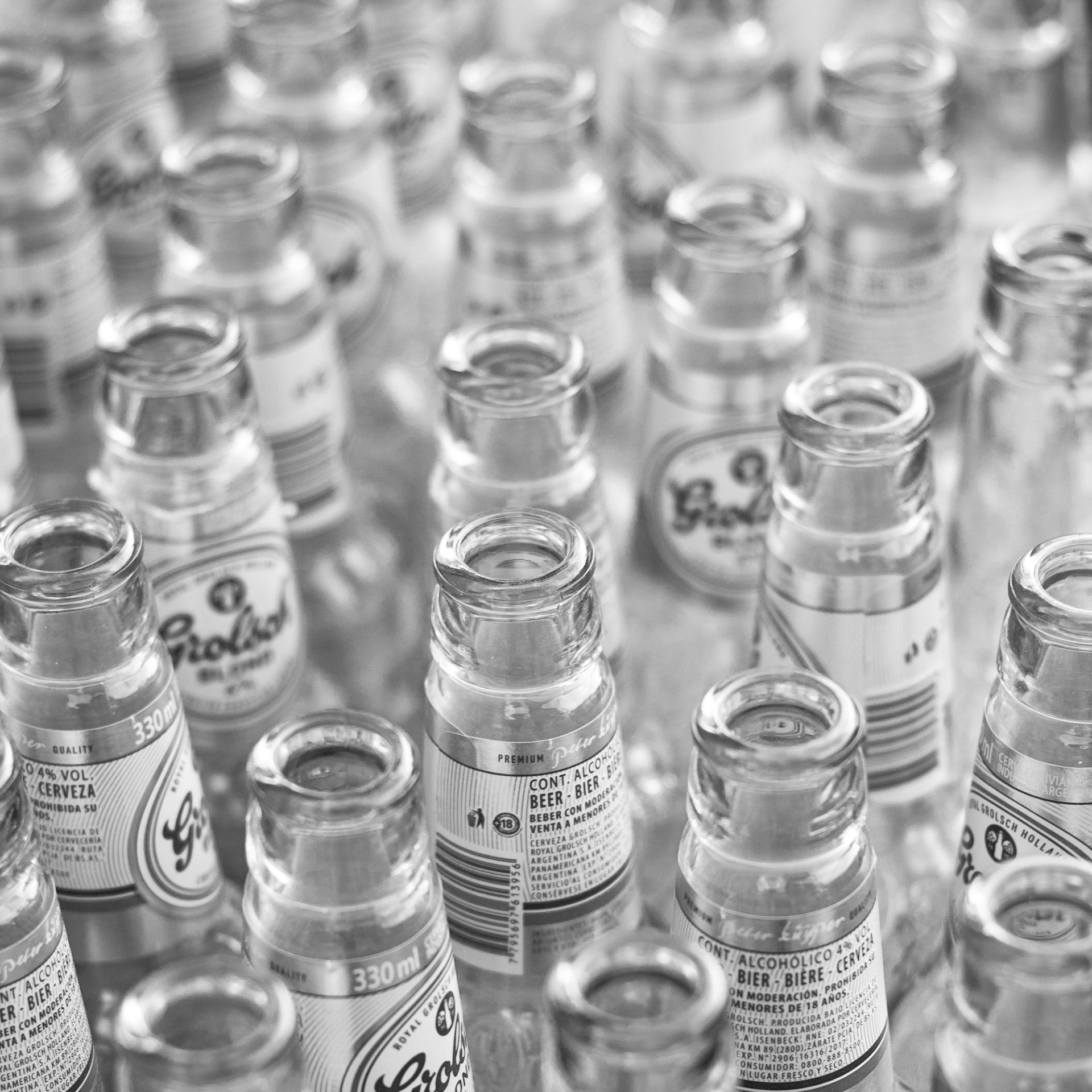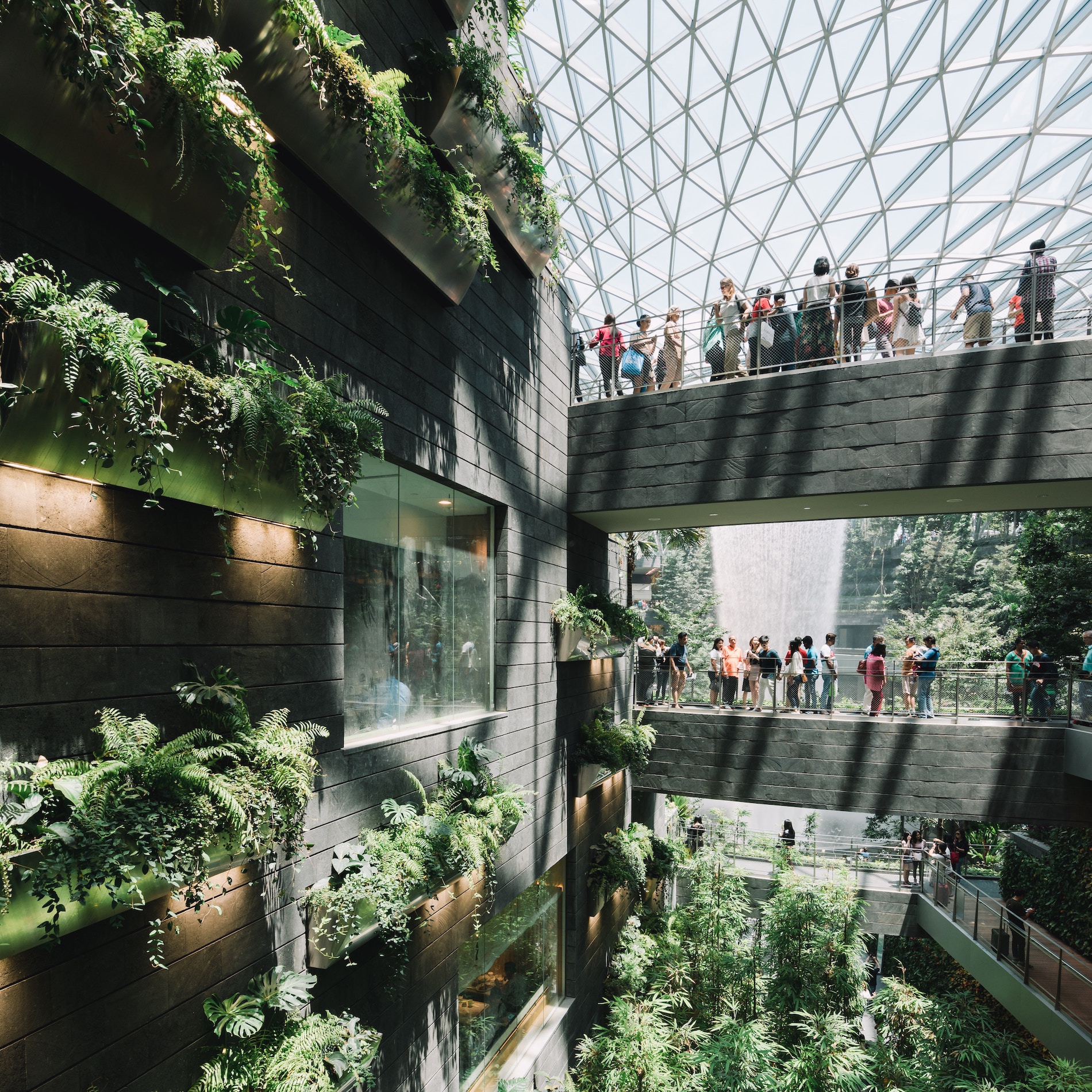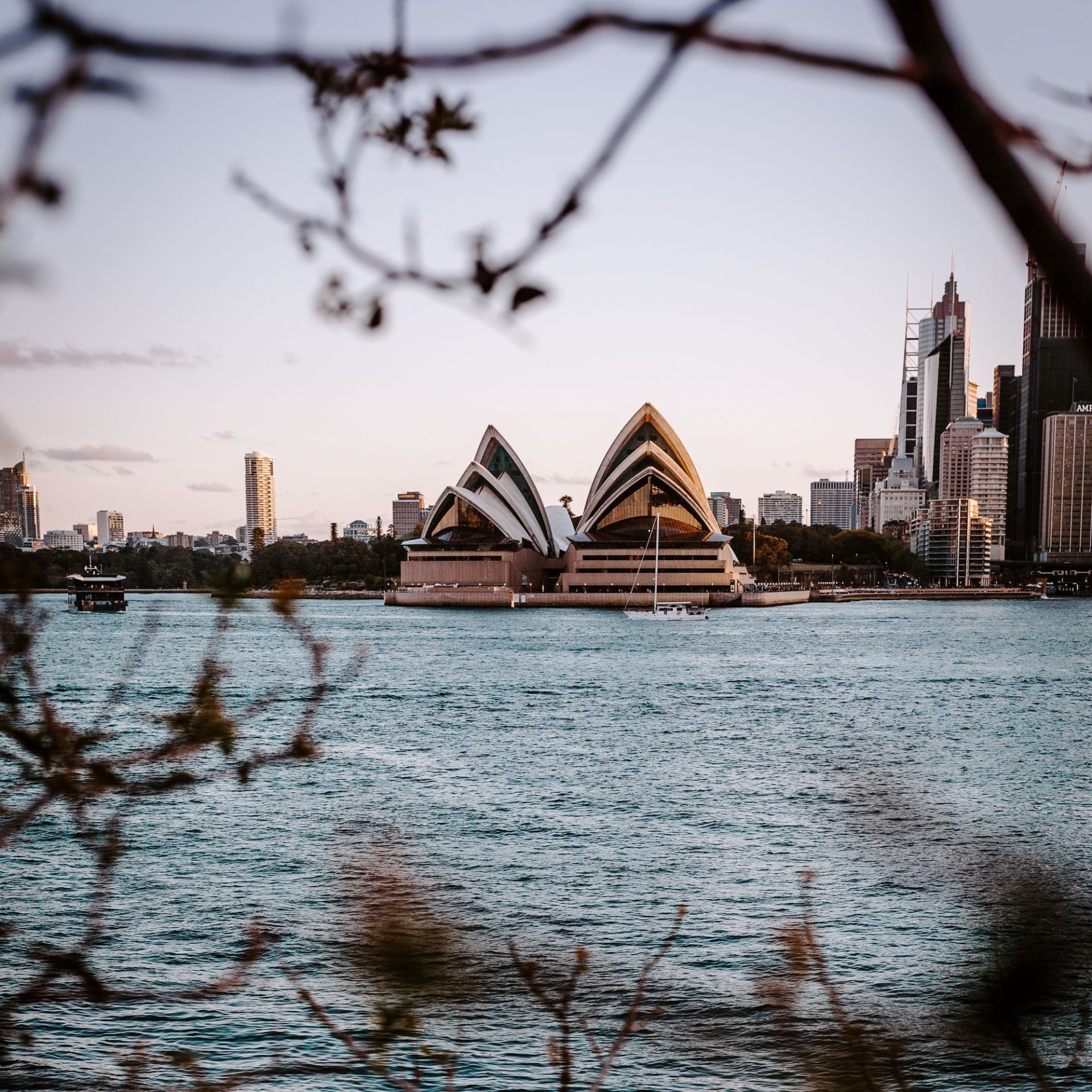
Iconic sails go green
Let’s kick off World Environment Day with some good news: Sydney Opera House has become one of the first World Heritage listed buildings globally to be awarded a 5 Star Green Star rating. Some of the iconic landmark’s recent achievements include becoming certified carbon neutral, implementing a new waste management program and a 9 per cent reduction in energy usage. The 5 Star rating was awarded by the Green Building Council, four years after it was awarded a 4 Star.
The Sydney Opera House has also recently installed an artificial reef on Bennalong Point which it hopes will improve marine biodiversity. It consists of eight 3D printed reef pods that will “become encrusted with seaweed and sea life, providing home for smaller fish species”.





